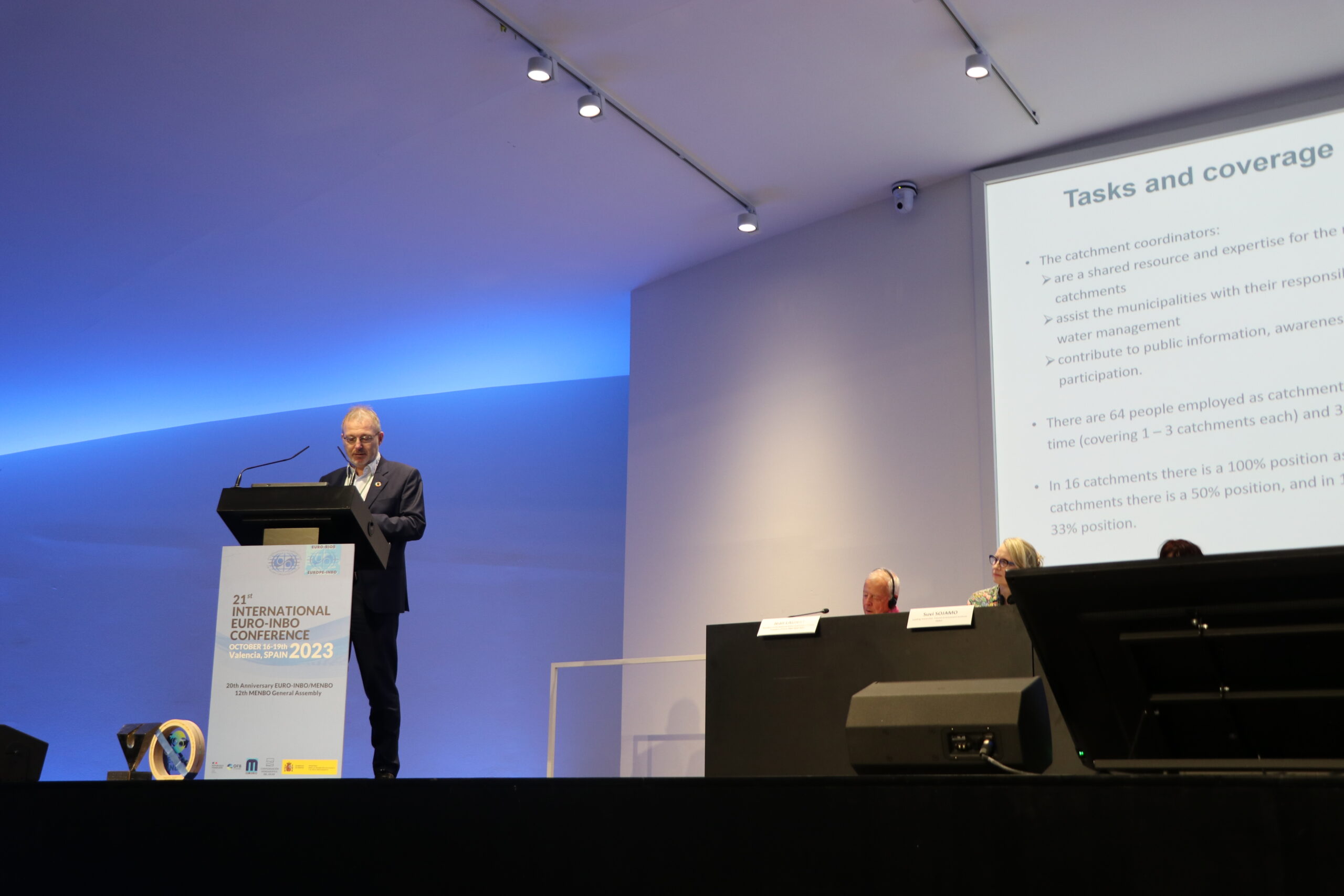update Updated
category EURO-INBO Governance Planning
In this interview, Anders Iversen, National Water Coordinator of the Norwegian National Water Commitee, discusses how Norway has adapted its water governance to the 2007 implementation of the EU Water Framework Directive. It marked a significant shift, enhancing coordination across agencies and involving stakeholders at all levels.
What is the context of water management in Norway?
Well, Norway has a lot of fresh water, so water scarcity has never been an issue up to now. We are also Europe’s largest producer of hydropower, and along the coast, Norway is Europe’s largest producer of aquaculture products. Water is very essential for the economy. Before the Water Framework Directive, we had some big discussions on water policy in Norway, mainly concerning hydropower construction. In the 70s and 80s, there were big protests against it, which led to the creation of a master plan to ensure we saved the most valuable rivers, only developing those that provided significant energy with minimal environmental impact. In 2007, we implemented the Water Framework Directive as part of Norway’s agreement with the EU, which changed a lot. We had to create river basin management plans for the whole country and ensure stakeholder participation and sector integration.
What role does the National Environment Agency play in implementing the Water Framework Directive in Norway?
We actually have two roles, or “two hats”, as we say. We are the national agency in charge of coordinating the implementation of the Directive across Norway. This means we head an inter-agency group where 13 agencies, responsible for different laws and regulations concerning water, cooperate. We work together to agree on understanding the status, pressures, and necessary measures, and how to coordinate them. We then provide guidance and instructions to the river basin districts—this is our coordination role. In our other role, we are the national authority responsible for biodiversity and pollution issues. We manage some protected areas under our biodiversity act and are in charge of major pollution permits and measures. For instance, we still struggle with acid rain in Norway, which causes acidification of watercourses and lakes, and we implement measures to combat this. So, we both coordinate and implement measures.
How does integrated water management respond to the challenges of cooperation between various water stakeholders at all scales?
I think that’s where the Water Framework Directive helped us set up a completely new governance structure in Norway. We learned from other countries’ experiences that we needed more coordination between different sectoral authorities, both horizontally across ministries and their agencies, and vertically between different levels of government—ministry, agency, regional, and municipal levels. With the Directive’s implementation, we established an inter-ministerial committee to decide on policies and ambition levels. We have the agency group I mentioned for coordination, river basin district water boards, and local catchment water boards involving municipalities. This entire structure ensures coordination of authorities both horizontally and vertically. Each level also has a reference group: the agency group has a national reference group where all industry organizations and environmental NGOs are represented. Locally, catchment water boards also have reference groups for stakeholders. Additionally, we have catchment coordinators who help inform and involve the public and NGOs, which enhances participation.
Can you give some examples of water governance methods?
The example I came here to present is precisely these catchment coordinators, which we didn’t have before. Now we have them in almost all our catchments, and they make it possible for municipalities to understand river basin management. Previously, municipalities might have had an expert on wastewater and drinking water, but they didn’t understand the catchment approach or the linkage between water services, biodiversity, and pollution. These catchment coordinators assist municipalities in doing a good job and also aid in participation. Research and evaluation have shown that this might have been the most important change we made in Norway.
What do you think about the importance of INBO and water management at the basin level?
Norway is part of the Water Framework Directive implementation, and there’s a strategy with many working groups led by the Commission, but these groups focus mainly on the scientific aspects—chemical status, ecological status, groundwater status, and data and reporting. There is no working group on governance. It is in INBO meetings, as well as in the OECD Water Governance Initiative meetings, where I gain more knowledge and examples that can help improve water governance in Norway. It’s also very interesting that INBO meetings go beyond Europe. They don’t just involve countries obligated to implement the Directive but also reach further, with examples from other regions, which makes it even more valuable.
*Interview conducted during the 21st International Euro-INBO Conference, October 2023.

